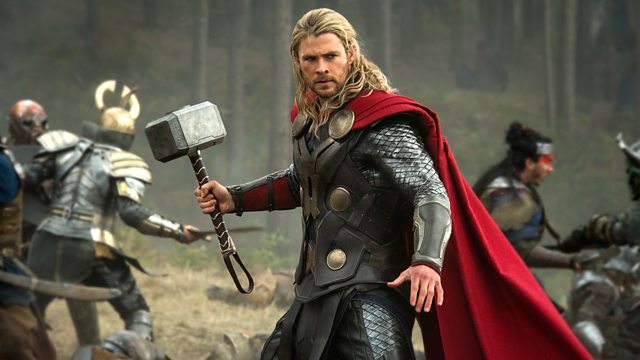To celebrate Avengers: Endgame’s impending release, we’re taking a look back at the entire MCU. Entry by entry. Our goal with this retrospective is to trace the footsteps of Marvel Studios. And in doing so, to understand the decisions made along the way to becoming a Hollywood powerhouse.
The Dark Weird
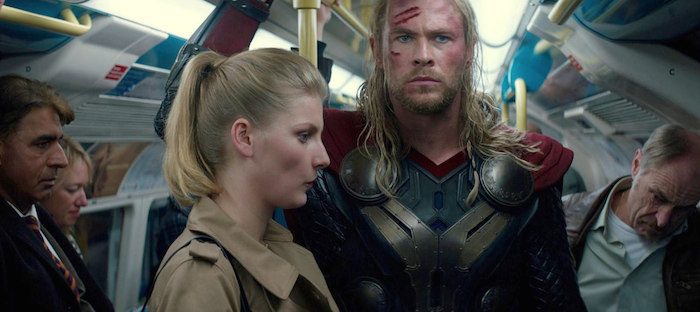
It was the MCU’s first true sequel since Iron Man 2. Thor: The Dark World was Marvel Studios’ sophomore shot at proving they could further the characters that they had established in Phase One. With The Avengers and Iron Man 3 massive global hits as the box office, Marvel finally had some leeway to get weird. While the first Thor film kept things pretty grounded, the sequel could explore the cosmic side of the MCU more. It could further the mythology surrounding the Infinity Stones. It also had potential to explore Thor’s relationship with Jane Foster.
These all remained interesting prospects after the character’s first two appearances in the MCU. But the sequel manages to utterly fail in delivering. The studio proved itself infallible commercially up to this point, but Thor: The Dark World demonstrated that even Marvel faced creative stumbling blocks. Though a pretty decent movie by normal standards, it’s arguably Marvel’s most disappointing sequel. Blame the contentious development. And one of the most infamous post-production periods of any entry in the series.
Wonder Man
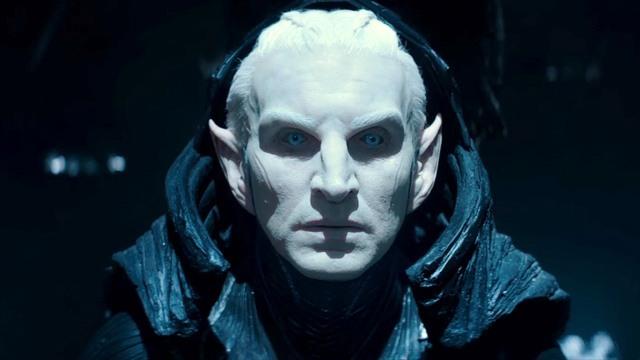
After the relative commercial success of Thor in 2011, Disney quickly set a prime summer release date only two years later. Kenneth Branagh had originally expressed interest in returning, but the short turnaround of the effects-heavy sequel led the director to pass. The clock was now ticking on the eventual release. One of the first film’s writers, Don Payne, had already been working on ideas for a sequel; the scribe signed on soon after Branagh’s departure. A few months later, television director Brian Kirk entered negotiations to helm the project. Kirk came from numerous premium cable shows like Game of Thrones – a common theme in this story. Negotiations ultimately broke down, and a pre-Wonder Woman Patty Jenkins caught Marvel’s eye.
With Jenkins eventually hired, and Natalie Portman confirmed to return, the film locked in a new November 2013 release date. At the time, the hiring of Jenkins felt most unconventional for Marvel Studios. Not only would she have been the first female voice to tell an MCU story, but perhaps its most specific director up to that point. According to Jenkins, her pitch resembled something akin to the superhero version of Romeo and Juliet. The filmmaker wanted Jane to be stuck on earth, with Thor stuck in Asgard. The god of thunder would be forbidden to see Jane because of Odin’s seeming disinterest in Earth. Eventually, they would discover Malekith the Accursed taking advantage of this disinterest by hiding dark energy inside of Midgard. Only a few months after joining, however, Jenkins left the project due to “creative differences.”
Ever the Professional
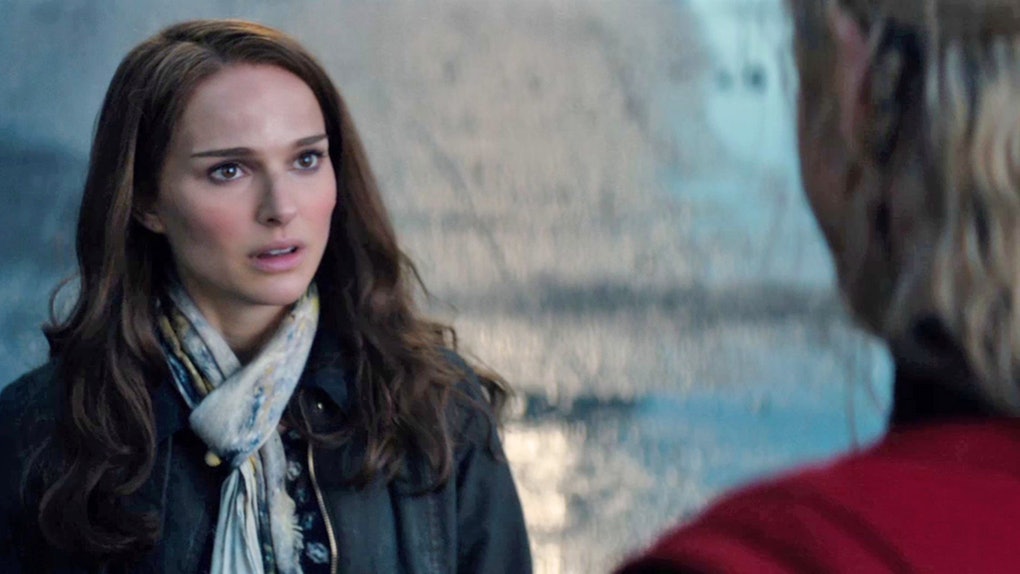
Natalie Portman seems to have had a relatively good experience on Thor. But the actress contemplated taking a break from acting around the time The Dark World was development. According to unnamed insiders, the Jenkins hire re-invigorated the interest of the Oscar winning actress in the sequel. Portman got excited about working with the MCU’s first female director. More importantly, she also felt proud to be associated with opening the door for other female filmmakers on projects like this in the future.
When Jenkins left the project, Portman was apparently “deeply unhappy” with Marvel. She wanted to quit. However, Portman was contractually obligated to appear. This is probably why her performance ultimately felt so stiff in the final film – she didn’t want to be there. The studio attempted to smooth things over by giving her a say in finding a replacement. Still, this would ultimately be Portman’s last appearance in the MCU.
Game of Thors
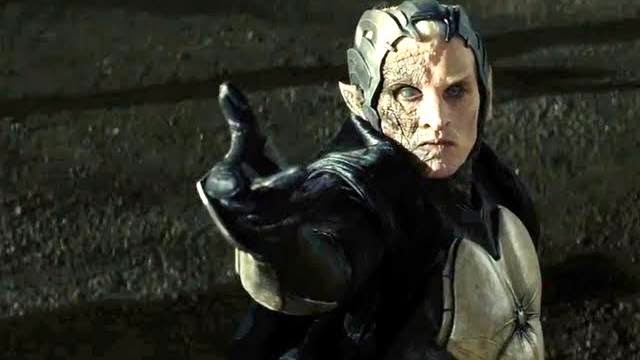
Amidst all of the drama, Marvel eventually settled on Game of Thrones director Alan Taylor to take over the project. Soon thereafter, they brought in scribe Robert Rodat to rework Payne’s script. By the time the press tour for the The Avengers rolled around in spring of 2010, the story took shape. Hemsworth said the film would dial back on the science fiction elements this time around, focusing instead on the Norse mythology and the “Viking influence.” At this point, Marvel was clearly trying to tap into the popularity of Game of Thrones.
On paper, this seems like a smart idea, considering the influence of Taylor, and cinematographer Kramer Morgenthau’s past on the HBO show. However, as Thor: Ragnarok proved down the line, the science fiction elements remain crucial in keeping the franchise from feeling like a straightforward Game of Thrones rip-off. (Payne and Rodat received a “story by” credit.) The studio called in Christopher Yost, Stephen McFeely and Christopher Markus eventually to once again rewrite the script. According to McFeely, two different drafts passed back and forth between the writing duo and Yost. Eventually, these drafts constituted a shooting script. However, when you have five different writers on a project, it’s hard for the resulting film to feel like a unified vision.
Loki Bowl
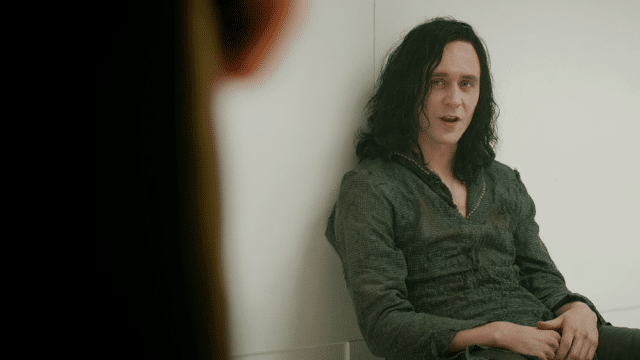
Thor: The Dark World eventually completed a relatively smooth shoot. The film’s post-production phase then clouded the effectiveness of the sequel. Test screenings started in mid 2013, and a few key things once again changed the course of the film’s story. In the script that was originally shot, Tom Hiddleston’s Loki had a reduced supporting role. In fact, he met his demise permanently at the hands of Algrim/Kurse. But in the wake of the character’s popularity in The Avengers, test audiences simply didn’t accept that the god of mischief would bite the dust so easily. The film’s legendary 2013 Comic-Con panel further convinced Marvel to reverse their decision on killing the character.
As a result, Thor: The Dark World entered some much-publicized reshoots only a few months before the film’s release. Loki’s death was reversed. Most of the reshoots consisted of beefing up the character’s presence in the film. This included the prologue sequence, the opening scene with Loki and Odin, Loki’s shape-shifting scene, and the film’s surprising final scene. In later years, Taylor would call the reshoot process on the film “wretching.” Marvel afforded the director complete freedom when shooting occurred. But the post-production process turned Thor: The Dark World into “a different movie” than he originally intended to make.
It’s fairly obvious which scenes emerged from the post-production process, mostly because they’re heavily computer generated. Marvel had always done a good job of melding practical elements with their VFX. From the aforementioned prologue onward, however, Thor: The Dark World feels less practical than any other film in the MCU.
Tom and Villainy
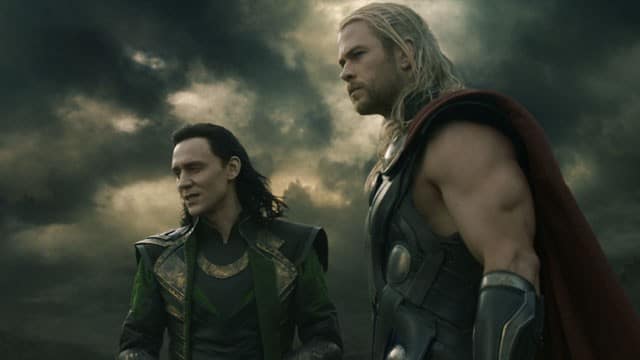
In many ways, Thor: The Dark World tested the limits of the machine that Marvel Studios had created up to this point. It’s a movie that no one involved seemed to enjoy making. The film just tried to serve too many masters. Moreover, Thor: The Dark World displayed the first real instance of Marvel’s villain problem coming to the forefront. While Iron Man 3 presented its own can of worms, this sequel really made people notice the lack of quality in any villain not named Loki. Marvel eventually learned how to craft compelling antagonists in Phase Three, but the larger problem remained in the MCU until then.
Ultimately, the fact that the movie feels so ineffective speaks volumes about how Thor: The Dark World became an MCU footnote. It’s a forgettable movie that fails to further the character in any meaningful way. Thor: Ragnarok would eventually re-invigorate the series with the science fiction elements that are crucial. In retrospect, 2013 proved a troublesome year for Marvel. The studio was still trying to figure out how to make sequels, and unfortunately Thor: The Dark World simply fell victim to these growing pains.
Iron Man 3 – MCU Retrospective Part 7
The Avengers – MCU Retrospective Part 6
Captain America: The First Avenger – MCU Retrospective Part 5
Thor – MCU Retrospective Part 4
Iron Man 2 – MCU Retrospective Part 3
